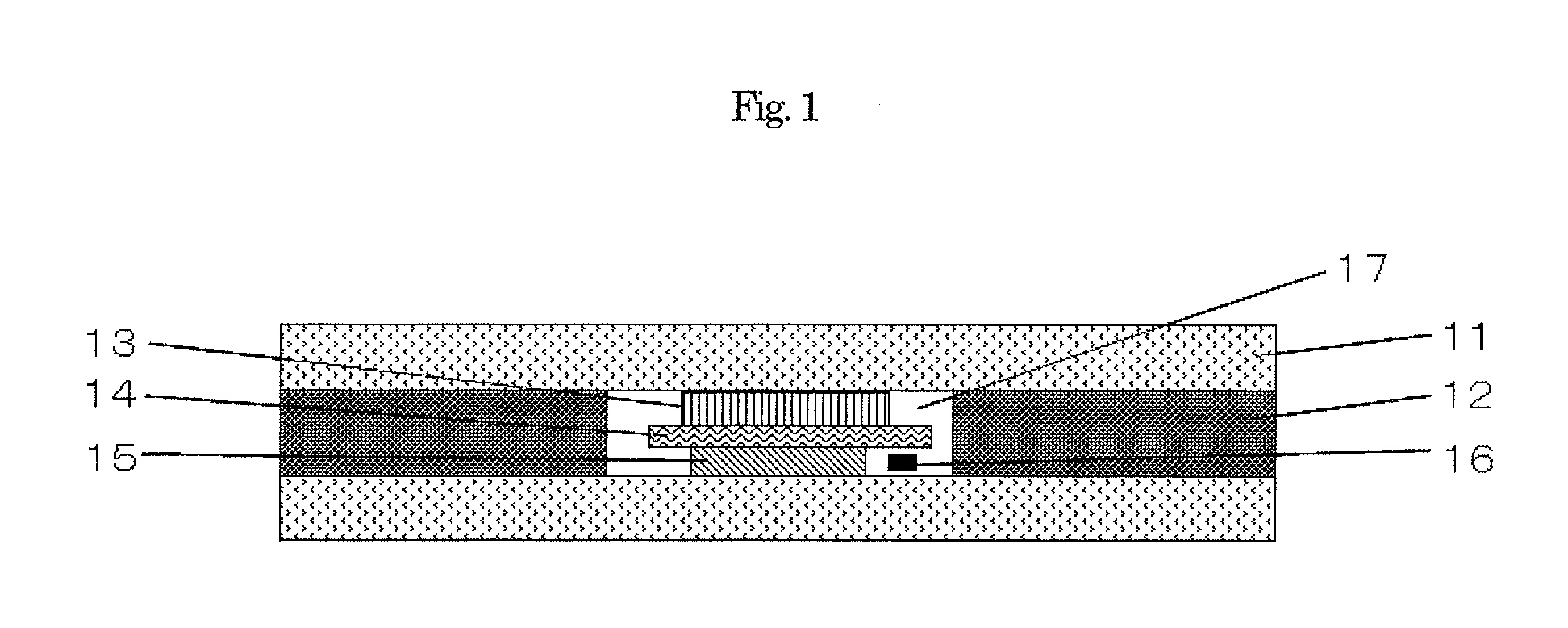Sodium secondary battery
a secondary battery and sodium battery technology, applied in the field of sodium secondary batteries, can solve the problems that cannot be said that this sodium secondary battery is sufficient, and achieve the effects of reducing the ratio, high electric conductivity, and easy processing
- Summary
- Abstract
- Description
- Claims
- Application Information
AI Technical Summary
Benefits of technology
Problems solved by technology
Method used
Image
Examples
production example 1
Production of Non-Activated Carbonaceous Material C1
[0099]ICB manufactured by Nippon Carbon Co., Ltd. (trade name: NICABEADS) was introduced to a firing furnace, and the interior of the furnace was turned into an argon gas atmosphere. Thereafter, the temperature was increased from room temperature to 1600° C. at a rate of 5° C. per minute while argon gas was passed through at a rate of 0.1 L / g (weight of a carbonaceous material) per minute, and maintained at 1600° C. for 1 hour, then cooled. Non-Activated Carbonaceous Material C1 subjected to a surface treatment was obtained.
production example 2
Production of Non-Activated Carbonaceous Material C2
[0100]Into a four-neck flask, 200 g of resorcinol, 1.5 L of methyl alcohol and 194 g of benzaldehyde were charged under a nitrogen stream, followed by ice-cooling, and 36.8 g of 36% hydrochloric acid was added dropwise with stirring. After the completion of dropwise addition, the temperature was raised to 65° C., and kept at the same temperature for 5 hours. To the resulting reaction mixture, 1 L of water was added, and the precipitate was collected by filtration, washed with water until the filtrate became neutral, and dried to obtain 294 g of tetraphenylcalix[4]resorcinarene (PCRA). The atmosphere in a rotary kiln was replaced with argon, and the PCRA was heated at 1000° C. for 4 hours. Subsequently, the PCRA was pulverized in a ball mill (agate-made ball, 28 rpm, 5 minutes), then introduced to a firing furnace, and the interior of the furnace was turned into an argon gas atmosphere. Thereafter, the temperature was increased fro...
production example 3
Production of Non-Activated Carbonaceous Material C3
[0101]The interior of a ring furnace was turned into a nitrogen atmosphere, then phenolphthalein (special grade chemical purchased from Wako Pure Chemical Industries, Ltd.) was heated from room temperature to 1000° C. at a rate of 5° C. per minute while nitrogen gas was passed through at a rate of 0.1 L / g (weight of phenolphthalein) per minute, subsequently maintained at 1000° C. for 1 hour while nitrogen gas was passed through at a rate of 0.1 L / g (weight of phenolphthalein) per minute, then cooled, to obtain a carbonaceous material. Subsequently, the resulting carbonaceous material was pulverized in a ball mill (agate-made ball, 28 rpm, 5 minutes), then introduced to a firing furnace, and the interior of the furnace was turned into an argon gas atmosphere. Thereafter, the temperature was increased from room temperature to 1600° C. at a rate of 5° C. per minute while argon gas was passed through at a rate of 0.1 L / g (weight of a ...
PUM
 Login to View More
Login to View More Abstract
Description
Claims
Application Information
 Login to View More
Login to View More - R&D
- Intellectual Property
- Life Sciences
- Materials
- Tech Scout
- Unparalleled Data Quality
- Higher Quality Content
- 60% Fewer Hallucinations
Browse by: Latest US Patents, China's latest patents, Technical Efficacy Thesaurus, Application Domain, Technology Topic, Popular Technical Reports.
© 2025 PatSnap. All rights reserved.Legal|Privacy policy|Modern Slavery Act Transparency Statement|Sitemap|About US| Contact US: help@patsnap.com


